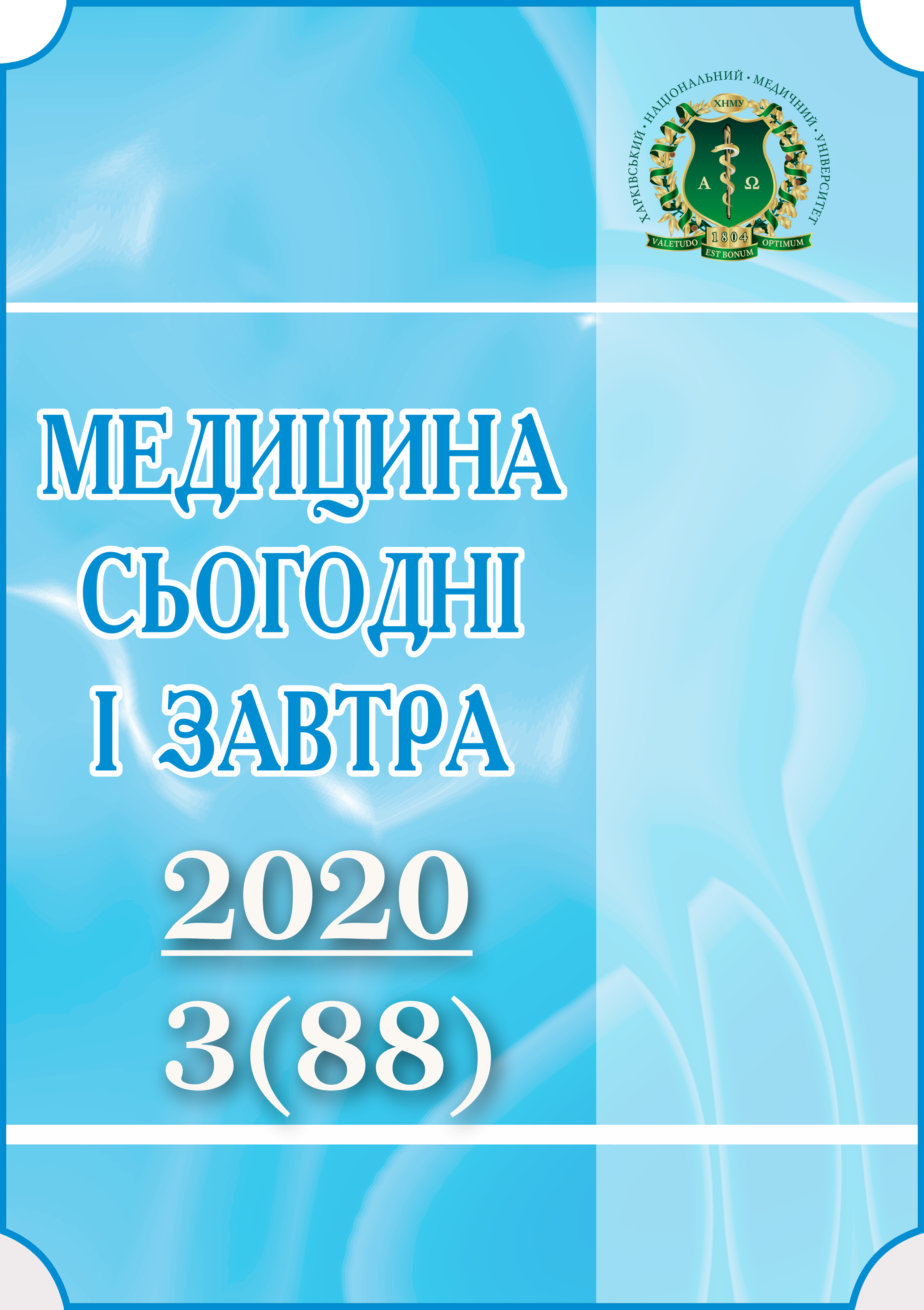Abstract
External fixation devices have found wide application in pelvic fractures treating, but it is not always that strength characteristics of these devices make it possible to realize early rehabilitation. The mathematical justification for external pelvic osteosynthesis with use of rods having different thread hands on the basis of analysis of the stress-strain state of the «external fixation device - pelvis» system is presented. In order to increase the stability and reliability of pelvic fixation with external fixation device it is necessary to use a left-handed thread for the left rod, thereby making it possible to avoid loosening of its fixation in the bone, since the "behaviour" of the left rod will be similar to that of the right one. A change in the thread direction does not lead to redistribution of stress-strain state and change in the moment values, but directions of the action of the moments of force for the left rod will correspond to the direction of its screwing both in the left-sided and right-sided one-support position.
Keywords: pelvis, stress-strain state, external fixation.
References
Osterhoff, G., Tiziani, S., Ferguson, S. J., Spreiter, G., Scheyerer, M. J., Spinas, G. L., … & Werner, C. M. (2014). Mechanical testing of a device for subcutaneous internal anterior pelvic ring fixation versus external pelvic ring fixation. BMC musculoskeletal disorders, 15, 111. DOI: 10.1186/1471-2474-15-111. PMID: 24684828.
Lei, J., Dong, P., Li, Z., Zhu, F., Wang, Z., & Cai, X. (2017). Biomechanical analysis of the fixation systems for anterior column and posterior hemi-transverse acetabular fractures. Acta orthopaedica et traumatologica turcica, 51(3), 248–253. DOI: 10.1016/j.aott.2017.02.003. PMID: 28342586.
Zienkiewicz, O.C., & Taylor, R.L. (2005). The finite element method for solid and structural mechanics. (6th ed.). Butterworth-Heinemann, 736 p.
Lee, C. H., Hsu, C. C., & Huang, P. Y. (2017). Biomechanical study of different fixation techniques for the treatment of sacroiliac joint injuries using finite element analyses and biomechanical tests. Computers in biology and medicine, 87, 250–257. DOI: 10.1016/j.compbiomed.2017.06.007. PMID: 28618337.
Ding S., Chen К, Huang J., Zhang G., Wang F., Lei J. et al. (2020). Modified pedicle screw-rod versus anterior subcutaneous internal pelvic fixation for unstable pelvic anterior ring fracture: A retrospective study and finite element analysis. Journal of Orthopaedic Surgery and Research. DOI: 10.21203/ rs.3.rs-16488/vl.
Shu-Yu, J., Kao-Shang, S., Po-Sheng, H., Fang-Yu, L., & Ching-Chi, H. (2019). Biomechanical analysis of different surgical strategies for the treatment of rotationally unstable pelvic fracture using finite element method. Journal of Mechanics in Medicine and Biology, 19(1), article 1940015. DOI: 10.1142/S0219519419400153.
Li, L., Lu, J., Yang, L., Zhang, K., Jin, J., Sun, G., … & Jiang, Q. (2019). Stability evaluation of anterior external fixation in patient with unstable pelvic ring fracture: a finite element analysis. Annals of translational medicine, 7(14), 303. DOI: 10.21037/atm.2019.05.65. PMID: 31475173.
Chen, H., Wu, L., Zheng, R., Liu, Y., Li, Y., & Ding, Z. (2013). Parallel analysis of finite element model controlled trial and retrospective case control study on percutaneous internal fixation for vertical sacral fractures. BMC musculoskeletal disorders, 14, 217. DOI: 10.1186/1471-2474-14-217. PMID: 23879618.
Liu, L., Fan, S., Chen, Y., Peng, Y., Wen, X., Zeng, D., Song, H., & Jin, D. (2020). Biomechanics of Anterior Ring Internal Fixation Combined with Sacroiliac Screw Fixation for Tile C3 Pelvic Fractures. Medical science monitor : international medical journal of experimental and clinical research, 26, e915886. DOI: 10.12659/MSM.915886. PMID: 32163378.
Shan, T., Anlin, L., Mingming, Y., Haitao, Y., Anwei, Z., & Shichang, G. (2021). Anterior supra-acetabular external fixation for tile C1 pelvic fractures: a digital anatomical study and a finite element analysis. European journal of trauma and emergency surgery : official publication of the European Trauma Society, 47(6), 1679–1686. DOI: 10.1007/s00068-020-01517-8. PMID: 33029659.
Shim, V., Gather, A., Höch, A., Schreiber, D., Grunert, R., Peldschus, S., Josten, C., & Böhme, J. (2017). Development of a Patient-Specific Finite Element Model for Predicting Implant Failure in Pelvic Ring Fracture Fixation. Computational and mathematical methods in medicine, 2017, 9403821. DOI: 10.1155/ 2017/9403821. PMID: 28255332.
Cowin Stephen, C. (Eds.). (2001). Bone mechanics handbook. (2nd ed.). CRC Press Reference, 980 p.
Vidal-Lesso, A., Ledesma-Orozco, E., Daza-Benitez, L., & Lesso-Arroyo, R. (2014). Mechanical characterization of femoral cartilage under unicompartimental osteoarthritis. Ingenieria Mecanica Tecnologia YDesarrollo, 4(6), 239–246. Retrieved from http://www.scielo.org.mx/pdf/imtd/v4n6/v4n6a6.pdf
Woo, S. L., Abramowitch, S. D., Kilger, R., & Liang, R. (2006). Biomechanics of knee ligaments: injury, healing, and repair. Journal of biomechanics, 39(1), 1–20. DOI: 10.1016/j.jbiomech.2004.10.025. PMID: 16271583.
Modenese, L., Phillips, A. T., & Bull, A. M. (2011). An open source lower limb model: Hip joint validation. Journal of biomechanics, 44(12), 2185–2193. DOI: 10.1016/j.jbiomech.2011.06.019. PMID: 21742331.

